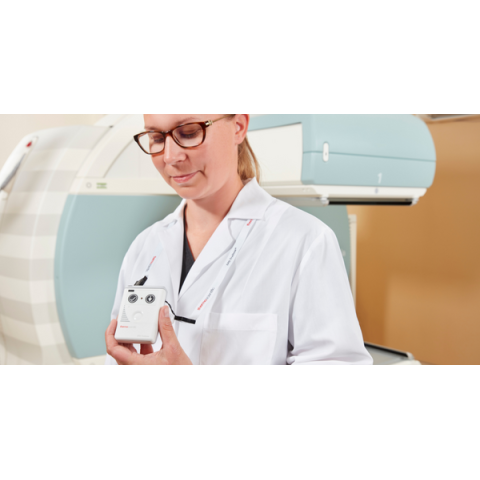Who Needs to Wear a Personal Radiation Monitor
ADM provides radiation protection solutions for both ionising and non-ionising radiation. In this blog post, we give an overview of who should be wearing a personal radiation detection device.
Ionising Sources of Radiation
First Responders
In emergency response situations, flammable and explosive materials like gases, dust, and fibers can spread radioactive sources, putting responders at risk.
Fortunately, such occurrences are exceedingly rare in Australia. The Australian Radiation Protection Nuclear Safety Agency is the primary national body responsible for radiation safety.
Radiation is routinely used by over 50,000 registered users in Australia, and the infrequency of incidents within Australiademonstrates how robust the safety systems are in this country.
Personal radiation monitors, that also act as personal radiation dosimeters can passively monitor the environment and alert users when elevated radiation dose rates are detected.
The RadEye B20 and RadEye B20-ER are well suited for use by first responders. You can read more on this on our blog post: RADEYE B20 AND B20-ER PERFECT FOR FIRST RESPONDERS
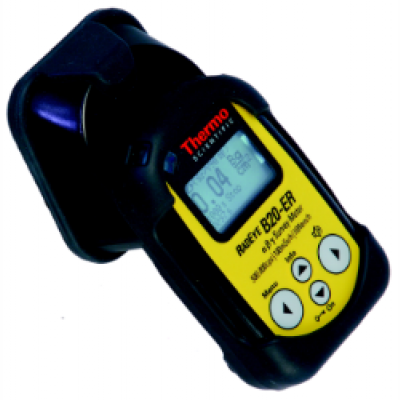
Soil Remediation Teams
Soil can become contaminated by hazardous wastes from neighboring plants or improper disposal. Screening during site remediation exposes workers to potentially high radiation doses. Instruments should be used to constantly monitor personal radiation dose while simultaneously pinpointing radiation sources.
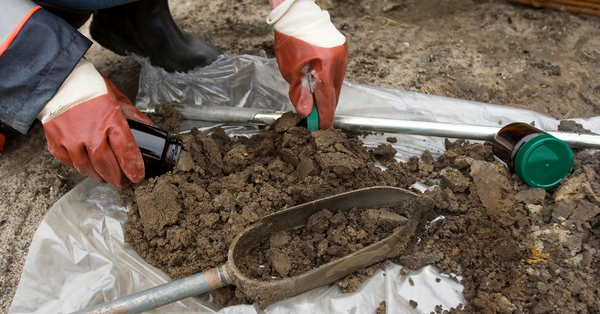
An example of such a site in Australia, is a site in Hunters Hill, Sydney where refining occurred on the site for the extraction of radium. You can read more about that HERE.
Industrial Workers
Industrial radiography to check metal parts, machines used to kill bacteria and other pathogens, and devices that test construction materials are examples of industry where radiation can be found.
For example, borehole logging devices can contain radiations sources, as can soil density gauges. Therefore, safety protocols need to be in place to ensure the safety of the users of such devices.
Medical Personnel
Nuclear medicine and radiography personnel who work near radiation materials and radiation producing equipment have an elevated risk of exposure, particularly on their hands.
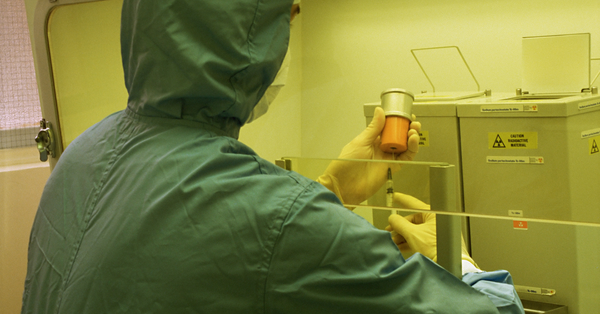
Scrap Yard Workers
In Australia, the risk of radioactive sources can make their way into the metal recycling stream is extremely low. So, it is not necessary for workers to wear personal radiation dosimeters.
Some countries, such as India, require all scrap metal imported into the country to have been screened for radiation sources at the country of origin. ADM supplies and installs extremely sensitive radiation detection instruments that can quickly identify that a shipment of scrap metal is free from radiation sources in scrap before it is exported.
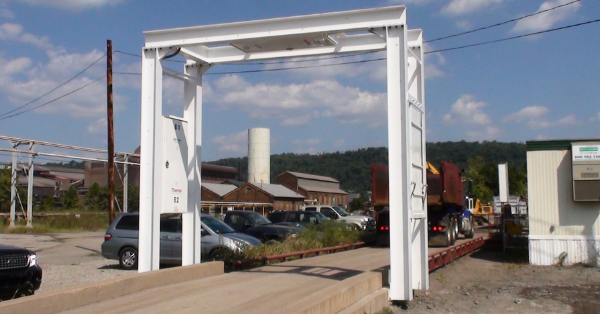
Military Personnel
Military and civil defense personnel may be exposed to radiation during service. Exposure from depleted uranium in artillery, nuclear power on ships and submarines, require radiation monitoring.
Non-Ionising Sources of Radiation
Telecommunications
Mobile phone systems, broadcasting systems, and other communication systems are the main sources of electromagnetic radiation in this area. Measurements are sometimes taken under far-field conditions with an EMF field monitor such as the Wavecontrol SMP3, where use of an E (electric) field probe will be sufficient (for example probe WPF8). With low-frequency transmitters, we may find ourselves in near field conditions and so the H (magnetic) field will also have to be measured using a probe such as the WPH60.
It is important that personnel who access telecommunication infrastructures or climb towers with radiating elements, do so with a personal EMF radiation detector such as the WaveMon personal monitor, to avoid overexposure.
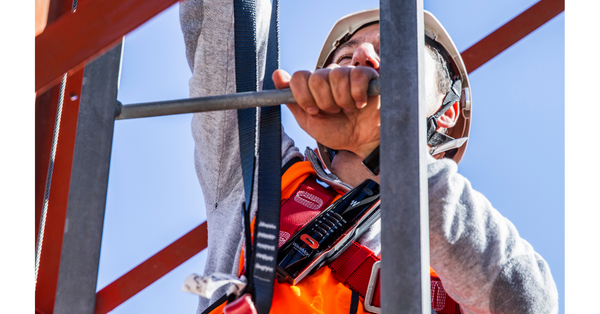
Some international reference standards are IEC 62232 and EN 50492 (base stations), EN 50496, EN 50554, EN 50475 and EN 50476 (broadcasting), EN 50400 and EN 50401 (radio communication equipment).
There are many other environments where non-ionising (electromagnetic) may be present. Whilst it may not be necessary for workers to wear a personal EMF radiation detector, ongoing monitoring is highly recommended.
This can be done with either a handheld EMF field meter such as the Wavecontrol SMP2, or with a permanently installed EMF meter like the Wavecontrol MonitEm monitoring system.
Here are some examples of where regular monitoring of EMF radiation is warranted:
Railway and Tramway Workers
Electricity is especially important in the rail industry, since it allows trains to move quickly, quietly, comfortably and with little pollution. High-power and low-frequency energy is used for moving trains and radio frequencies (RF) are used for communication.

People’s exposure to electromagnetic fields both inside and outside trains, near communication systems and in stations must be controlled. The standard EN 50500 defines procedures for measuring the levels generated in the rail industry in connection with human exposure.
Electromedicine
Magnetic resonance equipment, diathermy, hyperthermia equipment, and electrosurgery equipment are the main sources of electromagnetic radiation in the medical industry. The medical staff using that equipment or working in nearby spaces are exposed more intensely than patients or people who are passing through, so exposure within the radius of influence of that equipment must be evaluated and controlled. This includes measurements at low and high frequencies using suitable devices and probes with isotropic response and RMS. The applicable standard is IEC 60601.
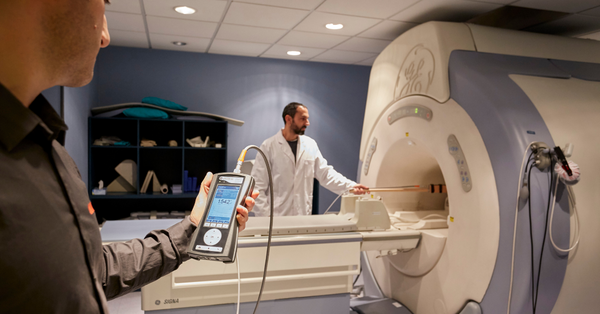
RFID/EAS Systems
Radio frequency identification (RFID) and electronic article surveillance (EAS) systems are commonly used in public spaces, generating complex electric fields. People who work in spaces near those systems are exposed more intensely than people who are passing through them. Most of those systems work in the low frequency range. The reference standards applicable to exposure to RFID/EAS are: EN 50364 and IEC/EN 62369-1.
Research & Development
Electric/electronic laboratories normally use radiofrequency equipment, and the levels of electromagnetic radiation can be high. This makes it necessary to ensure workers’ safety in connection with exposure to those electromagnetic fields. To ensure that permitted levels of exposure are not exceeded, the ideal devices are broadband meters that can measure total exposure over the working frequency range of the equipment used. The ideal solution is the Wavecontrol SMP2 + the WPF probe that is best suited to the frequency range in question. The Wavecontrol MonitEM is ideal for situations where continuous monitoring is required.
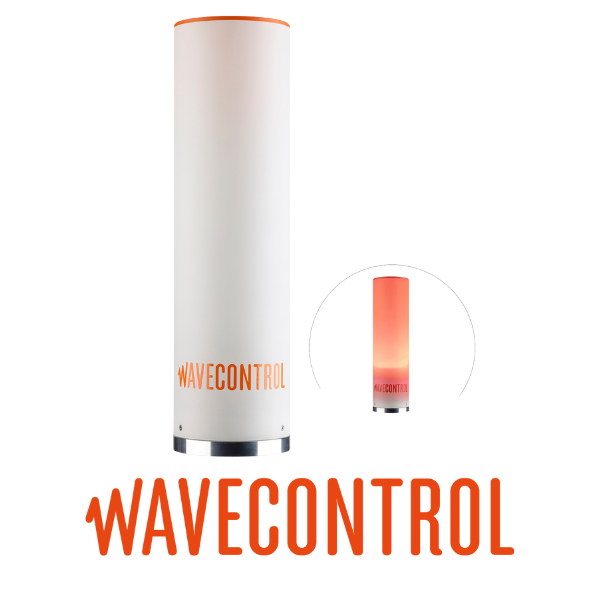
Defence
The main sources of electromagnetic radiation in defense are radar stations, satellite equipment, communication equipment, etc. The Wavecontrol SMP2 is particularly suitable thanks to its high-speed digital processing that ensures the ability to detect peaks of up to 1 µs. It can also detect isolated remarkably high amplitude peaks thanks to a special self-scaling function that adapts the device’s dynamic margin (amplification) to the necessary levels. In the area of defense, you can find electric and magnetic fields of low frequency, from communications equipment working at several kilohertz (kHz) up to gigahertz (GHz). The Wavecontrol SMP2 + WP400 + WPF18 combination is ideal in this case because it can cover the 1 Hz – 18 GHz frequency range with just two probes.
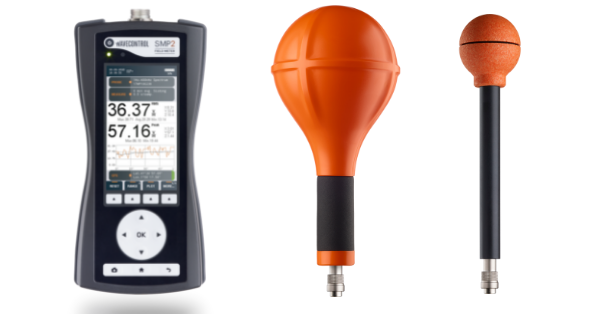
Energy
Low-frequency electromagnetic fields are associated with the supply of electricity, through the generation, distribution, and use of alternating current (AC), and they are always present in our surroundings. Electricity operates at the frequency of 50 Hz in Australia. Power stations, high- and medium-voltage lines, transformers, electric motors, and railway lines are the main sources of these electromagnetic fields.
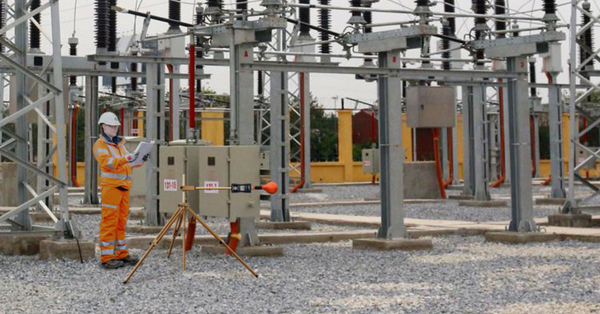
The applicable reference standards include IEC/EN 62110 (AC power systems), IEC 61786-1, and IEC 61786-2 (measurement of DC and AC fields from 1 Hz to 100 kHz).
Industry
Workers’ exposure to electromagnetic fields must be monitored for their safety in a wide range of industrial areas, machinery, and manufacturing processes. Some examples include induction heating, welding systems and processes, radio frequency (RF) heating, tempering and drying equipment, chemical processes (electrolysis), etc.
Selecting a Suitable Radiation Monitor
If you require assistance with selecting a suitable radiation monitor for use in any of the applications above, then please do not hesiate to contact ADM Nuclear Technologies.

